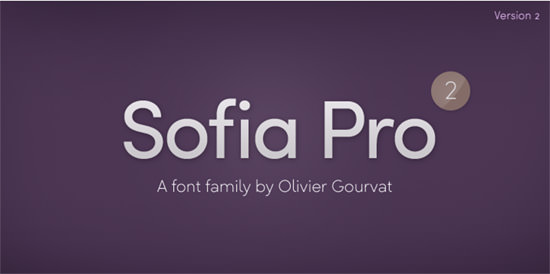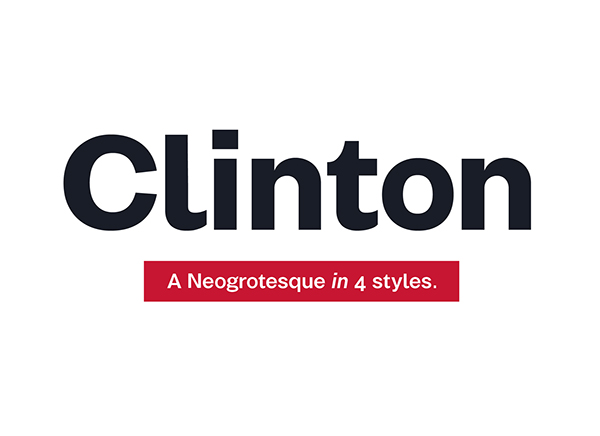
In the end, if you will financially gain from using the font, either as part of a product (like a book) or as part of a marketing campaign, it counts as commercial use. Which could be things like creating a logo or other advertising materials, for example. This license may restrict the use of the font to specific purposes.”

Most importantly, “they come with a license that outlines the specific terms of use. These fonts are usually more expensive than personal use fonts.”
#FREE FONTS COMMERCIAL USE 2020 FOR FREE#
He adds that they are free to use for non-commercial purposes and can usually be downloaded for free or cheaply.Ĭommercial use fonts, meanwhile, “are intended for use in business or professional contexts. Personal fonts, Holas says, “are intended for use by individuals for their own personal projects, such as making a scrapbook or creating a presentation for a school project.” Viktor Holas, the online marketing expert at, has a lot to share on the commercial use of fonts.

What Is the Difference Between Personal and Commercial Use Fonts? Luckily, the licenses to these fonts are extended over to you, but if you have to buy them individually, it can get a bit confusing and a bit expensive. Some, like Times New Roman, outdate Microsoft and have been around since 1932, or come from ‘font foundries.’ On top of that, Microsoft doesn’t actually own all of its fonts. It’s worth taking a look, particularly if you might need certain technical details. Interesting fact, Microsoft has published its whole font library in its documentation.

Word fonts are owned by Microsoft and are used across their products-Excel, PowerPoint, and Publisher, for example. If you don’t, you’ll need to purchase them or consider other options. Yes, you can use the fonts that come with MS Word for commercial use, but you need to have the correct license.


 0 kommentar(er)
0 kommentar(er)
